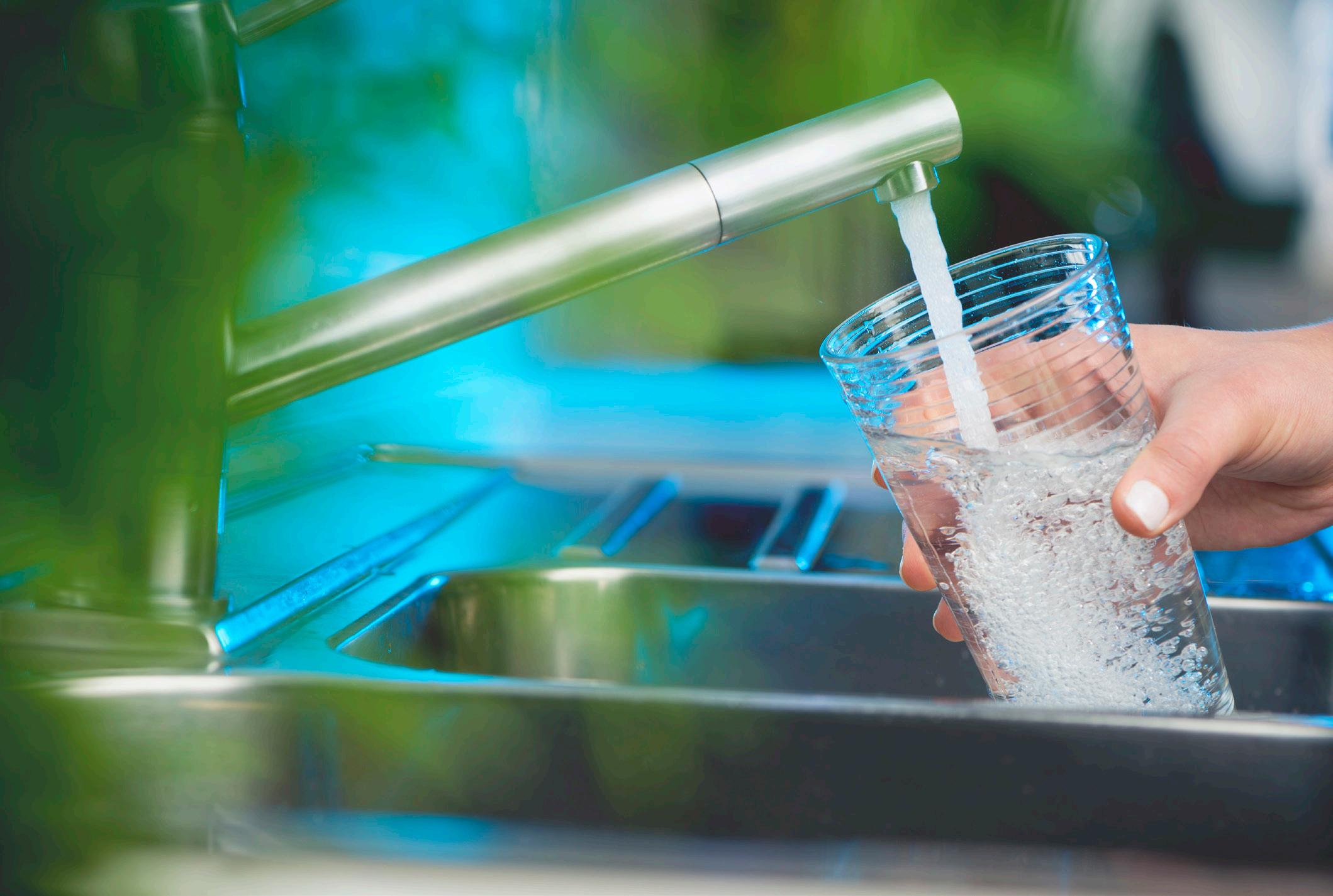
2 minute read
Lead in Drinking Water
Drinking Water
The Minnesota Department of Health provides information about drinking water source(s) in a source water assessment, including: • How Blaine is protecting your drinking water source(s); • Nearby threats to your drinking water sources; • How easily water and pollution can move from the surface of the land into drinking water sources, based on natural geology and the way wells are constructed. Find your source water assessment at
health.state.mn.us/divs/eh/water/swp/swa/
Or call 651-201-4700 or 1-800-818-9318 between 8AM and 4:30PM, Monday through Friday.
Lead in Drinking Water
You may be in contact with lead through paint, water, dust, soil, food, hobbies, or your job. Coming in contact with lead can cause serious health problems for everyone. There is no safe level of lead. Babies, children under six years, and pregnant women are at the highest risk. Lead is rarely in a drinking water source, but it can get in your drinking water as it passes through lead service lines and your household plumbing system. Blaine is responsible for providing high quality drinking water, but it cannot control the plumbing materials used in private buildings. Read below to learn how you can protect yourself from lead in drinking water. 1. Let the water run for 30-60 seconds before using it for drinking or cooking if the water has not been turned on in over six hours. If you have a lead service line, you may need to let the water run longer. A service line is the underground pipe that brings water from the main water pipe under the street to your home.
You can find out if you have a lead service line by contacting your public water system, or you can check by following the steps at:
mprnews.org/story/2016/06/24/npr-find-lead-pipes-in-your-home
The only way to know if lead has been reduced by letting it run is to check with a test. If letting the water run does not reduce lead, consider other options to reduce your exposure. 2. Use cold water for drinking, making food, and making baby formula. Hot water releases more lead from pipes than cold water. 3. Test your water. In most cases, letting the water run and using cold water for drinking and cooking should keep lead levels low in your drinking water. If you are still concerned about lead, arrange with a laboratory to test your tap water. Testing your water is important if young children or pregnant women drink your tap water.
Contact a Minnesota Department of Health accredited laboratory to get a sample container and instructions on how to submit a sample: Environmental Laboratory Accreditation Program
apps.health.state.mn.us/eldo/public/accreditedlabs/labsearch.seam
The Minnesota Department of Health can help you understand your test results.
Drinking Water
4. Treat your water if a test shows your water has high levels of lead after you let the water run.
Read about water treatment units:
Point-of-Use Water Treatment Units for Lead Reduction
health.state.mn.us/communities/environment/water/factsheet/pouled.html
Learn more: • Visit Lead in Drinking Water
health.state.mn.us/communities/environment/water/contaminants/lead.html
• Visit Basic Information about Lead in Drinking Water epa.gov/safewater/lead • Call the EPA Safe Drinking Water Hotline at 1-800-426-4791. To learn about how to reduce your contact with lead from sources other than your drinking water, visit Lead Poisoning Prevention:
Common Sources






